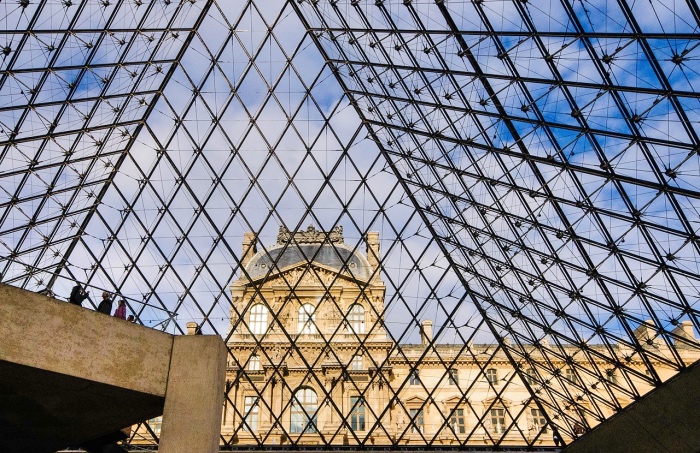
LOUVRE WORKS: WHAT YOU MUST SEE
Louvre works and masterpiece of one of the world’s most famous and visited museums, an unmissable destination for art lovers.
I’ve already told you how this wonderful museum was born in the post Louvre Museum: brief history of a museum and now I’ll make you discover the works you can’t miss before exiting the Louvre museum.
Louvre works: the masterpieces you can’t miss
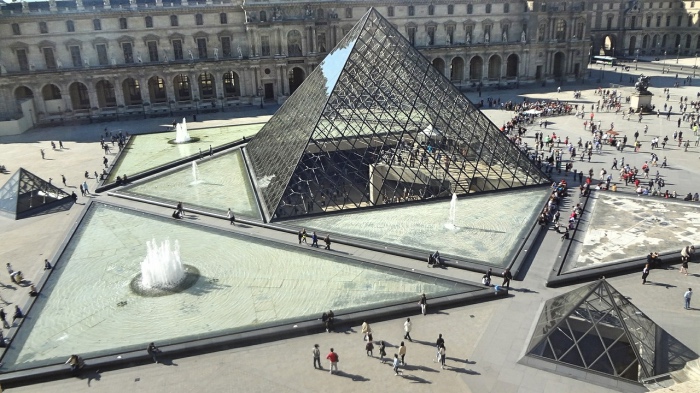
LOUVRE WORKS OF ART TO SEE
Before entering the Louvre you need to plan your visit and decide what you have to focus your attention on, because you can’t see everything in only one day.
First you have to book your ticket in order not to waste time waiting in line at the entrance.
You’ll find all information on how to book your ticket in the special post dedicated to Louvre Museum Ticktes: where and how to buy your ticket.
There are some works of art that each itinerary of the Louvre should include, because you can’t exit the museum without seeing its masterpieces! Here they are.
The Winged Victory of Samothrace
Louvre’s most fascinating sculpture is the Winged Victory, which with its size catapults visitors into history of the ancient world.
Discovered in 1863 on the island of Samothrace, the Winged Victory is represented while coming down from the sky to announce the triumph in the battle.
READ ALSO – The Winged Victory of Samothrace: what it is and where it is
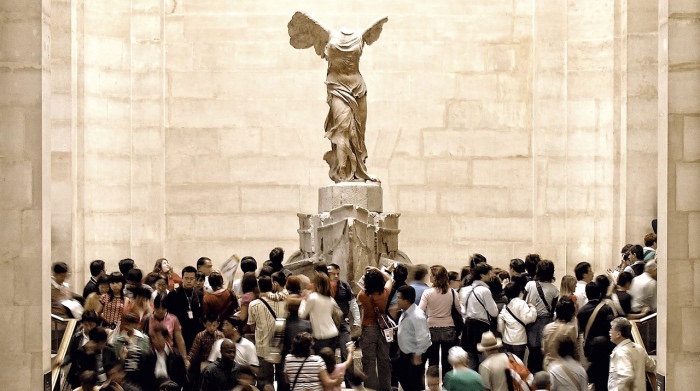
The Winged Victory of Samothrace
The Mona Lisa
Leonardo da Vinci’s most famous painting, the work he never part with, is a mysterious and fascinating portrait.
The artist probably painted it in 1503 in Florence and he still had it in 1519, when he died at the court of Francis I of France.
The Mona Lisa has been the subject of many books, essays and novels and is the work of art all visitors of the Louvre admire. When you’ll be in front of the painting there will be hundreds of people!
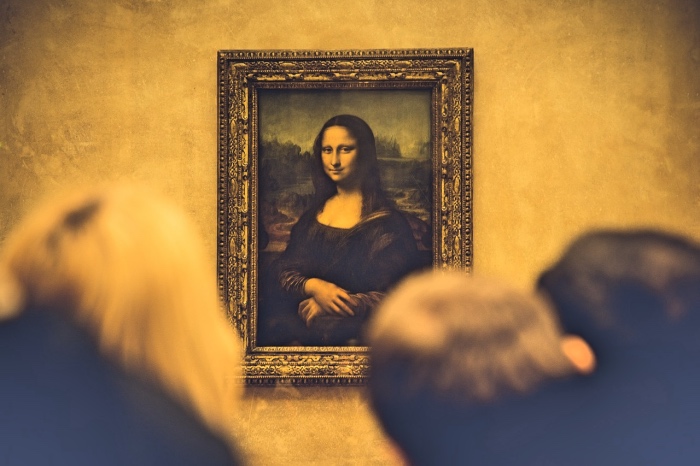
The Mona Lisa
The Venus de Milo
The Venus de Milo was discovered in 1820 in a field on the Greek island of Milos and the following year arrived in Paris, after being bought by the French government.
It’s a masterpiece of classical art representing the goddess Venus, who was awarded the golden apple by Paris in the contest among the three most beautiful goddesses of Olympus.
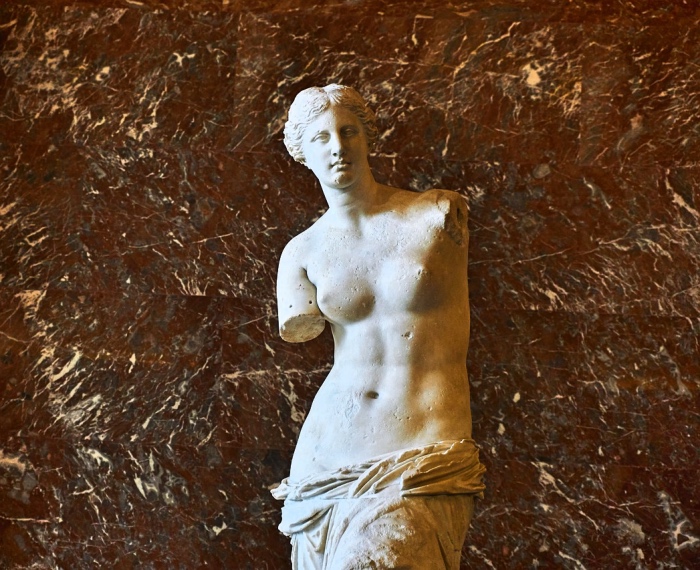
The Venus of Milo
The Raft of the Medusa
One of great masterpieces by Théodore Géricault is the Raft of the Medusa, which has become the symbol of the struggle of the weakest against privileges.
Géricault describes an event that really happened and which had aroused French public opinion in the first half of the 19th century.
You can read the whole story in the post The Raft of the Medusa by Théodore Géricault: what it represents and where is on display.
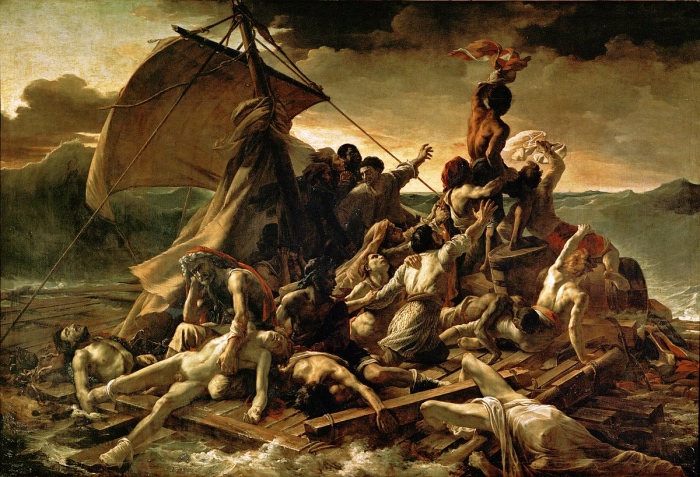
The Raft of the Medusa
Psyche revived by Cupid’s kiss
The most beautiful sculpture group of the 19th century was made by Antonio Canova and portrays the eternal struggle between instinct and rationality, between heart and mind.
It’s Cupid and Psyche, and portrays the love between a young woman and Cupid which aroused envy in Venus.
The sculpture was acquired in 1800 by Joachim Murat, Marshal of Napoleon’s army and King of Naples.
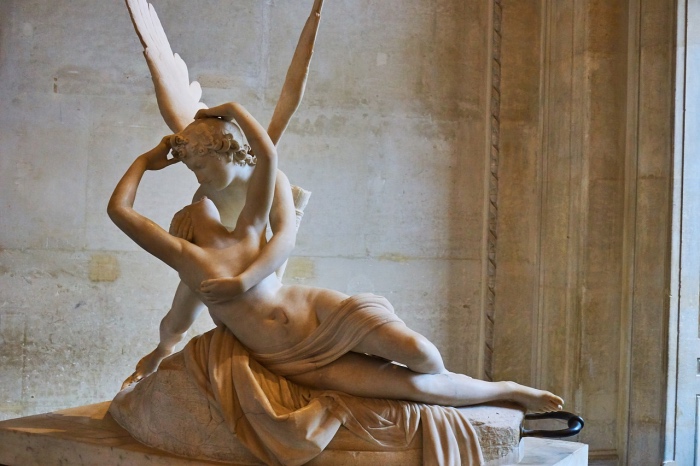
Cupid and Psyche
For further information about the Mona Lisa read the post containing 5 things to know about Leonardo’s Mona Lisa.

